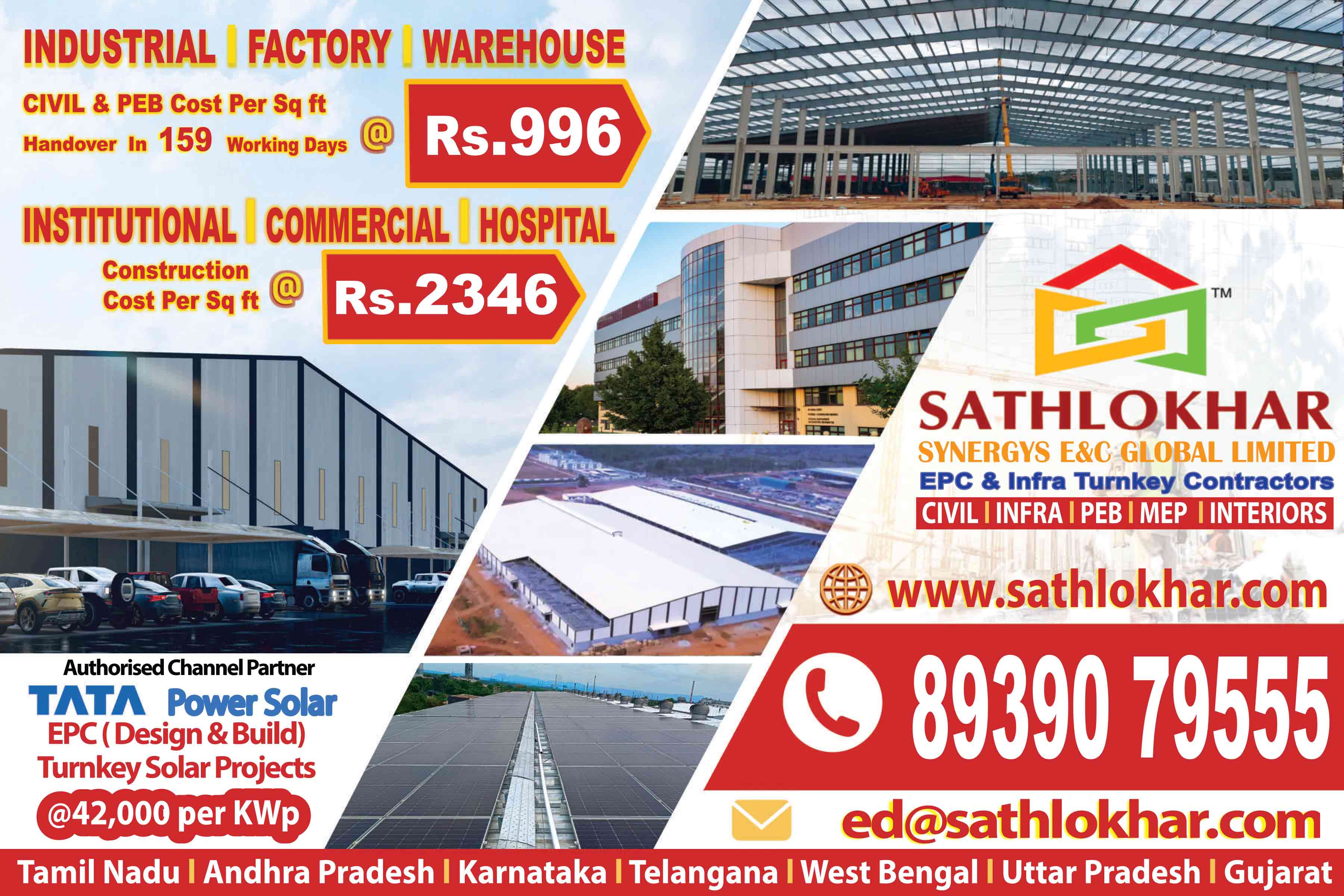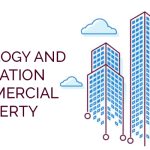Tips To Build Energy Efficient & Environmental Impact Spaces
In today’s world, industrial civil contractors in Chennai say that sustainability has become a critical consideration in all aspects of our lives, including the design and construction of commercial buildings. As the demand for eco-friendly structures increases, architects and developers embrace innovative strategies to create sustainable commercial buildings that minimise energy consumption, reduce environmental impact, and promote a healthier working environment. Let’s explore some key strategies for designing energy-efficient and environmentally-conscious commercial buildings.
Enhancing Energy Efficiency: Optimising Insulation and Air Tightness
One of the primary goals of sustainable building design is to enhance energy efficiency. Industrial Construction Companies In Chennai say that this involves implementing various measures to reduce the overall energy consumption of the building. One effective strategy is optimising insulation and minimising air leakage by using high-quality insulation materials and sealing gaps or cracks. This helps maintain a consistent indoor temperature and reduces the reliance on heating and cooling systems.
Harnessing Renewable Energy: Integration of Solar Panels and Green Energy Solutions
Another crucial aspect is the integration of renewable energy sources. Solar panels, for example, can be installed on rooftops to harness solar energy and generate electricity. This renewable energy can power lighting systems, HVAC (heating, ventilation, and air conditioning) units, and other electrical needs, significantly reducing the building’s carbon footprint.
Illuminating Efficiently: LED Lighting and Natural Light Integration
Furthermore, incorporating efficient lighting systems is essential. LED lighting, known for its energy efficiency and longevity, has become popular in sustainable commercial building design. Utilising natural light through skylights, large windows, or light tubes can also minimise the need for artificial lighting during daylight hours.
Water Conservation: Low-Flow Fixtures and Rainwater Harvesting
Commercial builders in Chennai say that water conservation is another vital consideration. Implementing low-flow fixtures, such as faucets and toilets, helps reduce water consumption without compromising functionality. Additionally, rainwater harvesting systems enable collecting and storing rainwater for non-potable uses like landscape irrigation or toilet flushing.
Eco-Friendly Materials: Selection and Use of Sustainable Building Materials
The sustainable design of commercial buildings also involves carefully selecting construction materials. Opting for eco-friendly and locally sourced materials helps reduce the environmental impact of transportation and manufacturing processes. Materials with high recycled content, such as reclaimed wood or recycled steel, can be used to minimise the demand for virgin resources.
Green Roofs and Living Walls: Benefits of Vegetation Integration
PEB contractors in Chennai say green roofs and living walls are gaining popularity as sustainable design features. Green roofs, covered with vegetation, provide numerous benefits, including improved insulation, stormwater management, and reduced urban heat island effect. Living walls featuring plants vertically integrated into building facades improve air quality and aesthetics.
Smart Building Technologies: Automation Systems for Energy Optimization
Intelligent building technologies play a significant role in optimising energy consumption and enhancing occupant comfort. Building automation systems can monitor and control various parameters, such as lighting, temperature, and ventilation, based on occupancy and specific requirements. This ensures efficient energy usage while maintaining a comfortable indoor environment.
Indoor Air Quality: Ventilation and Filtration for a Healthy Environment
Sustainable commercial buildings also prioritise indoor air quality (IAQ). Proper ventilation systems, air filtration, and pollutant control mechanisms help maintain a healthy work environment. Good IAQ promotes occupants’ well-being and productivity by minimising allergens, pollutants, and volatile organic compounds (VOCs).
Designing for Flexibility and Adaptability: Future-Proofing Commercial Buildings
Finally best building contractors in Chennai say, designing for flexibility and adaptability is crucial for sustainable commercial buildings. A well-planned layout that allows for future modifications and repurposing can extend the lifespan of the building, reducing the need for new construction and minimising waste generation.
In conclusion, designing sustainable commercial buildings requires a comprehensive approach that addresses energy efficiency, environmental impact, and occupant well-being. By implementing strategies such as optimising energy usage, integrating renewable energy sources, conserving water, selecting eco-friendly materials, incorporating green features, utilising smart technologies, prioritising indoor air quality, and planning for flexibility, architects and developers can create commercial buildings that contribute to a greener and more sustainable future. We can build a better world for future generations by prioritising sustainability in design and construction.










